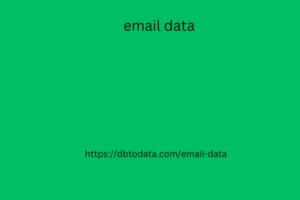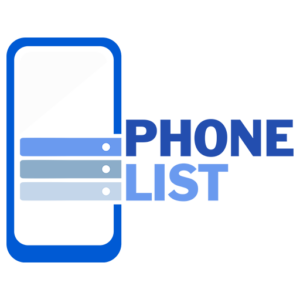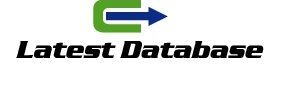At this stage, Facebook Ads presents two campaign possibilities:
create complete campaigns: you can prepare all the details of the ad, leaving everything ready to run as quickly as possible;
create campaign structures: allows you to enter details about ads and their sets to confirm delivery at a later time.
Then, it’s time to start preparing your material for users, starting with the Marketing Objective , which we mentioned at the beginning of the text, with 10 possibilities.
Moving on to the next step, you need to set
The name of the ad set and create a new target audience. Defining this segmentation can be a complicated process for brands that don’t yet know the profile of their consumers. That’s why Facebook already offers some options to make this task less complicated. We talked a little about this in Segmentation, at the beginning of the text.
4. Define the positioning
There are three ad possibilities italy email list aimed at brands so that they can appear at the right time and to users most likely to interact with the configured CTA (Call To Action). They are:
Facebook Stories ads: videos and images in vertical format;
automatic positioning: aimed at maximizing the budget and helping to reach more people according to the stipulated target;
Edit placements: Designed for more specific ads, however, this customization may result in fewer users being reached.

5. Set up your budget and schedule
It’s time to take the how we’re upping the ante with our new a/b tests money out of your pocket and set the amount invested in the campaign and the duration of the display period for your ads. At this stage, brands can define between a balanced daily spend or appearing to thousands of users at the same adb directory time, allowing the platform itself to coordinate the amount according to the end date of the displays.






